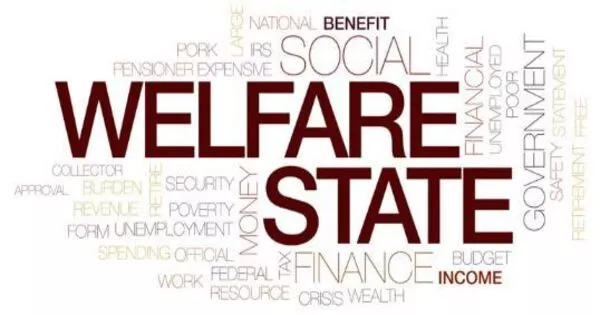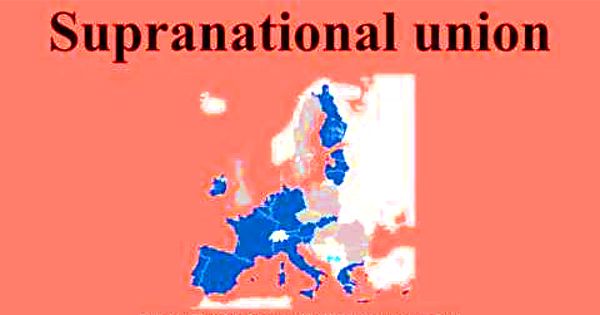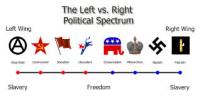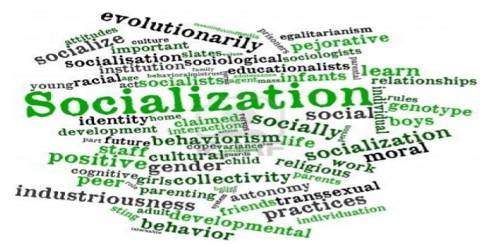A welfare state is a type of government in which the state (or a well-established network of social institutions) protects and promotes the economic and social well-being of its citizens, based on the principles of equal opportunity, equitable distribution of wealth, and public responsibility for citizens who cannot afford the bare necessities of life.
A welfare state is a system in which the government takes an active role in ensuring the well-being and social protection of its citizens. It is distinguished by policies and programs aimed at promoting economic security, social equality, and the delivery of basic services to the population.
The shape and trajectory of the welfare state vary significantly across countries and regions. All welfare states have some level of private-public partnership, with private entities administering and delivering at least some welfare programs. Welfare state services are also provided at various territorial levels of government.
A welfare state’s primary goal is to reduce poverty, inequality, and social exclusion by redistributing wealth and providing a safety net for needy individuals and families. The specific characteristics and scope of welfare state policies vary by country, but they typically include the following components:
- Social Security: Unemployment benefits, old-age pensions, disability benefits, and healthcare coverage are common examples. Throughout an individual’s life, social security programs aim to provide income support and protection against various risks.
- Healthcare: Many welfare states have universal healthcare systems in place to ensure that all citizens have access to necessary medical services and treatments. These systems are frequently supported by taxation or social insurance schemes.
- Education: Public education systems are a common feature of welfare states, aiming to provide free or subsidized education from early childhood through higher education. This helps ensure equal opportunities for all citizens and promotes social mobility.
- Housing: Some welfare states implement policies to address housing needs, such as public housing programs, rent subsidies, or regulations to protect tenants’ rights. The goal is to provide affordable and adequate housing options for low-income individuals and families.
- Unemployment Benefits: Unemployment benefits are frequently provided by welfare states to individuals who have lost their jobs involuntarily. These benefits provide individuals with temporary income support while they look for new job opportunities.
- Family Support: Child allowances, parental leave, and subsidized childcare are examples of welfare state support for families. These policies seek to reduce the financial burden on families while also promoting work-life balance.
As a response to the challenges of industrialization, urbanization, and social inequality, the concept of a welfare state emerged in the mid-20th century. Different countries have implemented various welfare state models, ranging from more comprehensive systems in Nordic countries (often referred to as the Nordic model) to more targeted approaches in liberal welfare states such as the United States.
Early features of the welfare state, such as public pensions and social insurance, emerged in industrializing Western countries beginning in the 1880s. World War I, the Great Depression, and World War II have all been characterized as significant events that ushered in welfare state expansions. Following World War II, the most comprehensive forms of the welfare state emerged.
















